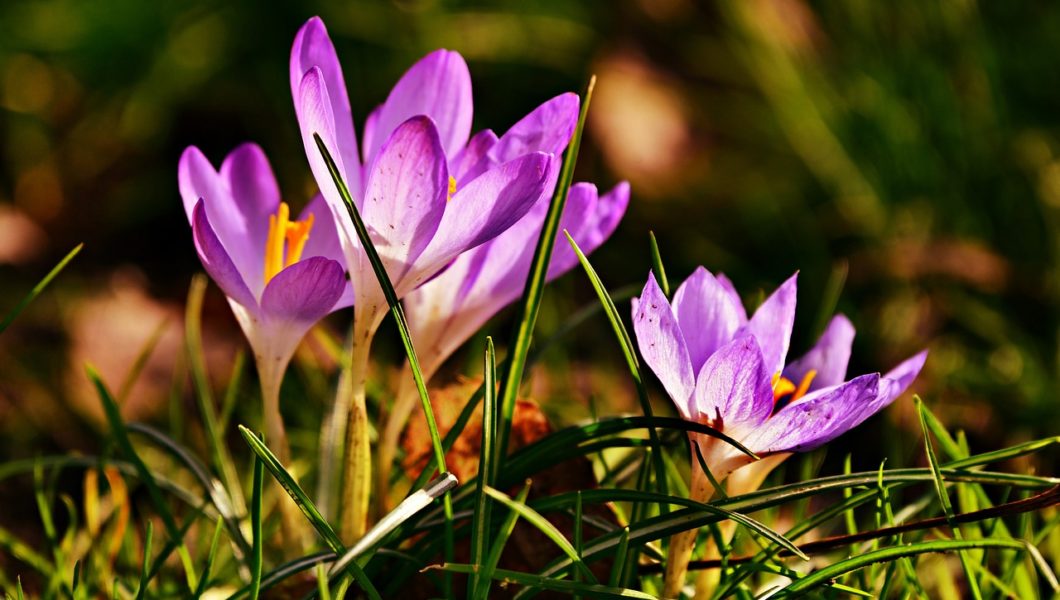As winter continues to reign over the landscape, your plants may be dormant but they still need some love! Especially when it comes to February, you must ensure that their future blooming is as beautiful as ever. With the right guidance and a little elbow grease, your garden will thrive year-round. Dive into this comprehensive guide on essential garden tasks and tips for the month of February.
Your February Garden Checklist
In the quiet cold of winter, there are many opportunities to prepare your garden for spring. Take the time to tackle these tasks:
- Perform an inventory of garden seeds: Check your seed stash, identify any gaps, and make a list of the varieties needed for the upcoming season.
- Organize and clean tools: Garden tools accumulate dirt and debris over time. Clean, sharpen, and repair them before the busy gardening season begins.
- Plan your planting dates: Map out when to sow seeds indoors and outdoors with consideration for frost dates and germination periods.
- Begin indoor seed sowing: Depending on your location and the types of plants, February might be the perfect time to start seeds indoors such as tomatoes and peppers.
Finger on the Pulse: Observing Nature’s Clues
When planning your garden tasks in February, observing nature around you plays a crucial role as well. Certain natural indicators can serve as valuable cues for various gardening activities and priorities.
Here are some events to pay close attention to:
- Snowdrops blooming: This event often signals that the soil temperature is warming up, making it the ideal time to plant onion sets and garlic cloves.
- Forsythia blooming: This yellow flowering shrub announces the arrival of spring, indicating that it’s time for soil preparation like adding compost or soil amendments.
- Birds singing: The presence of birdsong usually means the season is changing, and this allows you to gauge when certain garden jobs will need attention.
Protecting Plants from Frost and Snow
One of the most significant challenges faced in February gardening is unpredictable weather conditions. Frost and snow can damage plants if left unprotected.
Here are some steps you can take to shield your green friends:
- Mulch generously: Adding a thick layer of organic material such as straw, leaves, or wood chips around the base of plants retains warmth and prevents the ground from freezing.
- Wrap tender plants: Use horticultural fleece, burlap, or bubble wrap to protect young seedlings and sensitive varieties against frostbite.
- Construct wind barriers: Erect temporary fences made from wooden stakes and biodegradable netting to safeguard vulnerable plants from icy blasts.
- Move container plants indoors: If possible, bring potted plants inside on particularly cold nights or during heavy snowfall to keep them warm and dry.
Caring for Wildlife in Your February Garden
A thriving garden ecosystem relies heavily on its connection with local wildlife. Whether it be pollinators ensuring successful fruit production or natural predators keeping pests in check; nurturing these relationships benefits both creatures and plants. Consider the following ways to support wildlife during the cold months:
- Provide fresh water: Position small dishes or bird baths with clean, unfrozen water in your garden to help critters stay hydrated.
- Create winter refuges: Set up simple wildlife habitats such as hedgehog houses or brush piles to offer shelter from the elements.
- Offer supplementary food: Hang seed-filled bird feeders and nut stations to assist our feathered friends during food scarcity.
Maintaining Balance: The Importance of Biocontrol
A natural approach to pest control focuses on attracting beneficial insects like ladybugs, lacewings, and predatory wasps. By fostering a nourishing ecosystem for these helpful bugs, you can keep potential pests at bay, eliminating the need for harsh chemical treatments within your February garden sanctuary.
Pampering Perennial Plants During Winter Dormancy
While your perennial plants might seem inactive, there is much happening beneath the surface. These precious beings are fortifying themselves for an impressive spring arrival. Do not overlook their needs during this resting period. Instead, be proactive by taking these steps:
- Prune judiciously: Identify dead, damaged, or diseased stems on shrubs, trees, and other perennial plants. Prune them away carefully to invigorate healthy growth come springtime.
- Rejuvenate overcrowded clumps: Lift and divide plants such as daylilies, irises, and hostas that have outgrown their allocated space. Replant the divisions at appropriate intervals to encourage vigor.
- Aerate compacted soil: Use a garden fork or aerator tool to loosen hardened areas around established plants, ensuring sufficient oxygen, water, and nutrient absorption.
February might be one of the coldest months, but your garden will flourish if given some extra attention and care.
By following these tips and diligently performing essential jobs, you are setting the stage for a magical awakening as nature returns to life in the coming months. Happy gardening!



